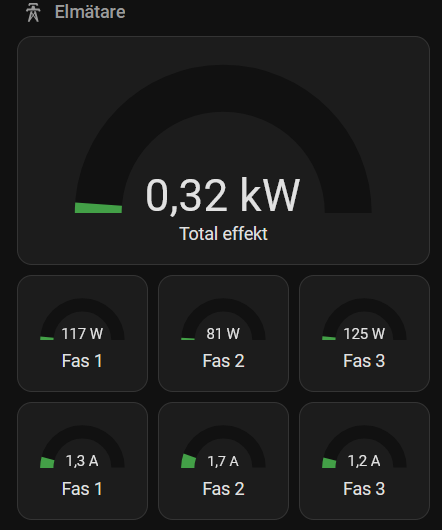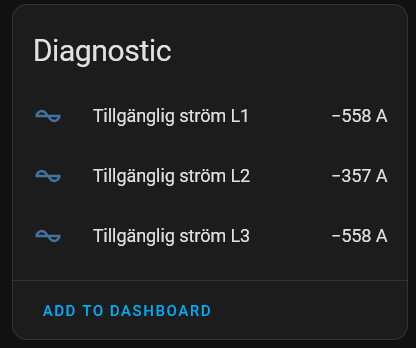Hey everyone,
I wanted to share a custom integration I’m been working on to simplify EV charging for Home Assistant users, specifically (but not limited) at this stage: Load Balancing.
Like many EV Charger owners there’s a need to balance the EV’s charging with household power usage to avoid overloading the main fuse. I personally don’t like having an endless number of P1 devices in my cabin, especially not if there’s already a stable Home Assistant service running.
Instead of going down the road of harder-to-maintain automations I decided to build Hass EVSE Load Balancer: a lightweight, native component that turns Home Assistant into a smart, self-adjusting EV load balancer.
The idea is simple: if you already have energy sensors (like grid consumption, production, and voltage, or a DSMR smart-meter) and a charger that can be controlled via Home Assistant, you shouldn’t need vendor-specific dongles, extra P1 meters, or fragile automations. This component monitors your live power usage and dynamically adjusts the charging current or phase configuration of your EVSE — helping you protect your connection and maximize charging speeds when possible.
It’s designed to be easily extendable, supporting all kinds of different meters and chargers. It depends on other integrations to make sure the actual communication with the chargers or meters is properly maintained as well, for example easee_hass and DSMR Smart Meter.
More information on how it works and how it can be extended can be found in the repository:
![]() GitHub - dirkgroenen/hass-evse-load-balancer: Adjusts your EV Charger's current using existing sensors - no vendor lock-in, no extra devices.
GitHub - dirkgroenen/hass-evse-load-balancer: Adjusts your EV Charger's current using existing sensors - no vendor lock-in, no extra devices.
Note that I’m releasing this quite early in its testing - so consider yourself a beta tester. I have it up and running at home (DSMR + Easee Charger), but I’m very interested in getting more adoption info and feedback. Definitely keep an eye out on what it’s doing at first and let me know if it’s behaving weirdly.
I’d love for others to give it a spin and let me know how it works in your setup. I’m keen to hear your feedback, edge cases, ideas, and real-world experiences. If it turns out useful to more people, I’m happy to continue building it out.
The current “load balancing algorithm” tries to find a balance between a) not being to hysteric, b) getting as much as of a charge as possible, and c) obviously not overloading the fuse. It does therefore for example allow for short periods of small overcurrents, like your circuit breaker also does.
Other features I have in mind to include are:
- Add an input field to manually override the charger’s current
- Add a toggle to force the charger to only use PV surplus
Eventually I have some other things in mind to make this an all-in-one package, allowing to also:
- smart scheduling based on Dynamic Tarrifs
- control and balancing amongst with other loads. Being either other chargers, or e.g. water heaters
Thanks for checking it out! Looking forward to any form of early feedback and input ![]()
– Dirk

